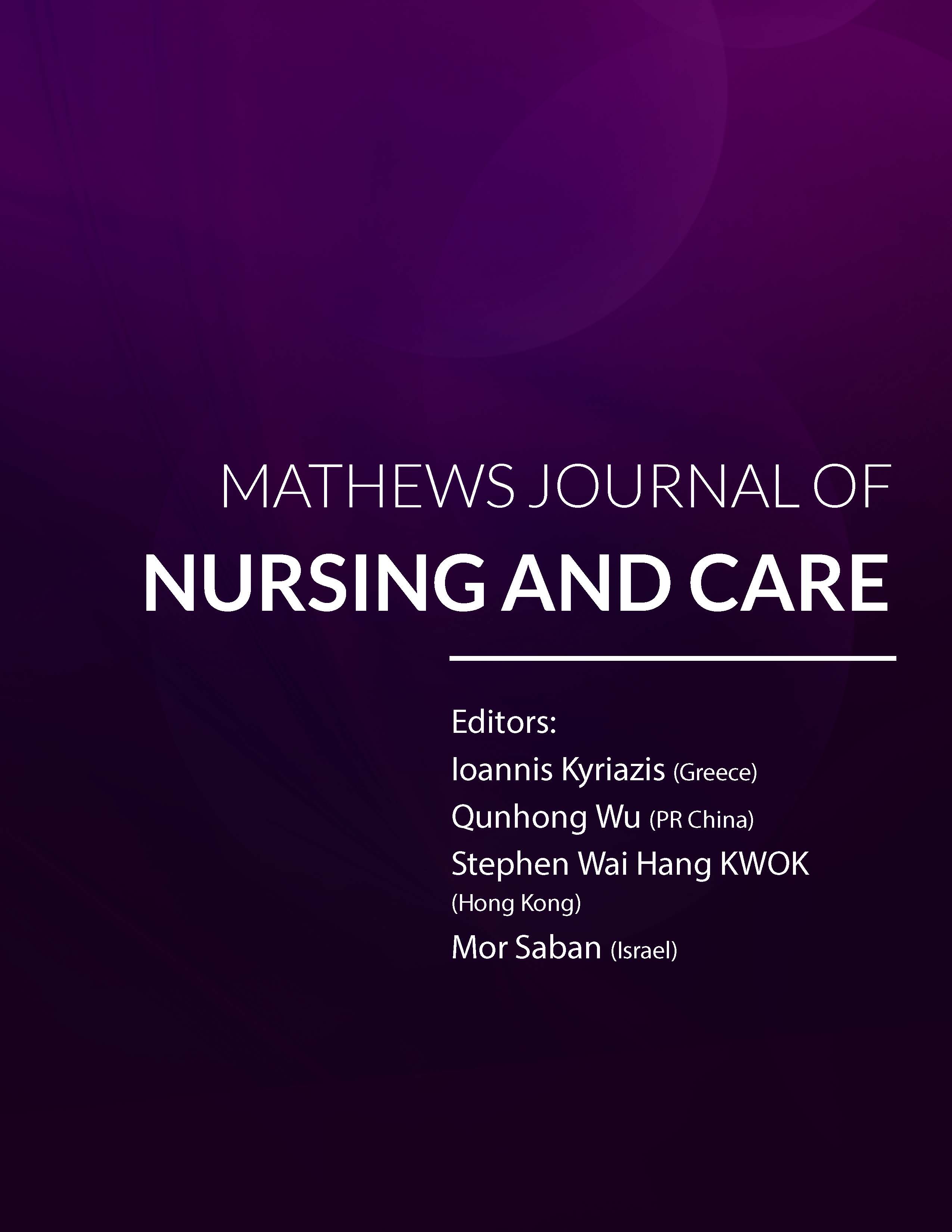
Information Links
Previous Issues Volume 6, Issue 1 - 2024
Use of Virtual Environments and Academic Behaviors Related to Stress in Nursing Students of the Faculty of Medical Sciences Unan-león III Quarters 2022
Lester Fidel García1, Pablo Espinoza Palma2,*, Katherine de los Ángeles Hernández3, Allison Mercedes Larios Gonzales3
1Nurse Teacher, Department of Nursing, Faculty of Medical Sciences UNAN–León, Master in Mental Health and Additions CIDS-UNAN León, Specialist in UHK oral and anthropological research, Nicaragua
2Bachelor of Nursing, Department of Nursing, Faculty of Medical Sciences UNAN–León, Member of the Nursing Research and Development Committee, Nicaragua
3Undergraduate students of the Bachelor of Nursing Sciences, Nursing Department of the Faculty of Medical Sciences, UNAN-León, Nicaragua
*Corresponding author: Pablo Espinoza Palm, Bachelor of Nursing, Department of Nursing, Faculty of Medical Sciences UNAN–León. Member of the Nursing Research and Development Committee, Nicaragua, Tel: 84625312; ORCID: 0009-0004-6751-1689; Email: [email protected].
Received Date: December 12, 2023
Published Date: January 02, 2024
Citation: García LF, et al. (2023). Use of Virtual Environments and Academic Behaviors Related to Stress in Nursing Students of the Faculty of Medical Sciences Unan-león III Quarters 2022. Mathews J Nurs. 6(1):36.
Copyrights: García LF, et al. © (2023).
SUMMARY
Currently, the main problem that high levels of academic demand generate high levels of stress in students, our research provides an outlet for our (SDG) 3 Guarantee health and well-being. This study is a nested analytical type of cases and controls because it aims to make the relationships that exist between the use of virtual classrooms and the academic behaviors that students with Stress Development have, it had a sample of 228 students with 114 were cases and 114 controls, where dichotomous questions and multiple selection were used to establish this analysis. In addition, a comparison was made of a group of nursing students from the Faculty of Medical Sciences who tested positive for the Psychometric validation of the PSS 14 stress scale. The sociodemographic data identified that the majority of the students who participated were more than 79.4% female than male with the following years being: first and second year, where 54.4% were urban and the largest population of students. They have internal scholarship status since they come from distant areas. In relation to the use of environments, the frequent completion of virtual tasks per week was 1.9 times the probability of developing stress, in addition the use of virtual platforms behaved as a protective factor with 0.8 times the probability of developing stress. It was found that the management of virtuality generates stress 1.2 times due to their management, in comparison to the relationship of the implemented strategies, a protective factor of 0.9 was found minus the probability of developing stress adapting to the implemented strategies. This shows that although they use them, they are concerned about their mastery, mainly in the first years of admission. It is concluded that our population despite using virtual platforms. Difficulties in management are evident, fundamentally the first years are difficult due to the initial contact with virtuality. It is vitally important to promote workshops in the use of virtual environments to avoid generating stressful situations in the student population.
Keywords: Stress, Use of Virtual Environments, Academic Behaviors.